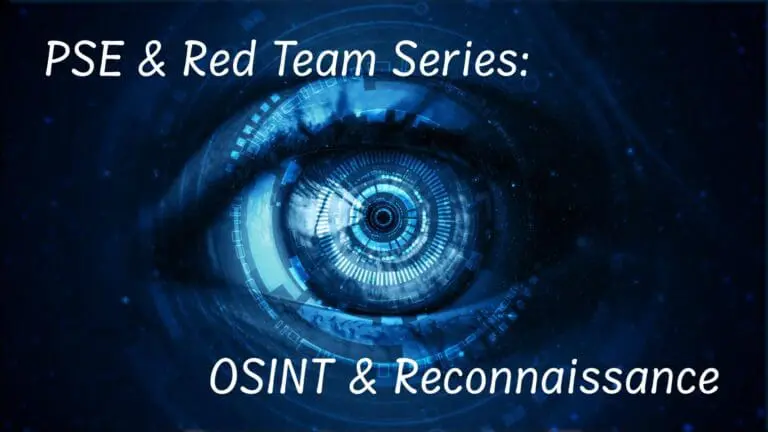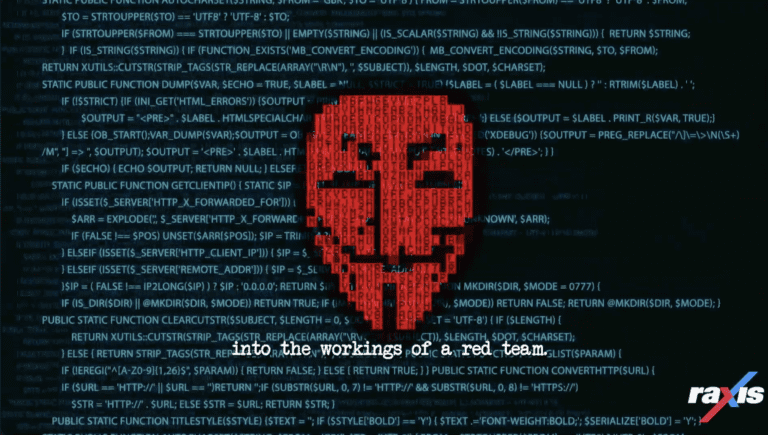We’ve all heard of phone scams such as Rachel at card services offering to help us out of a jam we didn’t even know we had. Scams such as this have become common in the workplace as well. These scams, called vishing or phone phishing, are a type of test we often perform for Raxis’ customers.You may be surprised to hear that often we achieve a high success rate with these phone phishing assessments. During one particular assessment, we called a large number of people throughout a company and told them we were contractors performing the annual credential check and asked the employees to please provide their email username and password. Often those credentials are used to login to their computers as well. Providing this information yielded more access than the targeted user was aware of. During this assessment, approximately one fourth of the people we called provided their credentials.
PREPARATION
This type of phishing is different from the email phishing attacks that most people are familiar with. First, a telephony-based phishing campaign requires additional preparation to sound convincing. We rehearse what we plan to say as well as how we will respond to questions, suspicion, and anger. We invent a story and background as part of a convincing pretext. It is said that the devil is in the details. A sense of legitimacy can be borrowed by peppering the conversations with specific information. Are we saying we work for the same company as the target? Then we’d better be able to say what office we work in. We’re calling from IT? Who’s our manager?Unlike email phishing campaigns, it is imperative to hook the target as soon as the call starts. Once the target hangs up, it’s unlikely they will call back or take another call from our number unless they trusted us (though I once had a person call me back to check who answered the phone). For this we prepare a persona.
We need a name, possibly an accent, a department, a purpose for calling, and just enough back story that we never say “umm”.
When we call our target, we’re unlikely to provide most of these details, but we need to be in character. Our target is likely to start off suspicious and will only get more suspicious if we say we work at the IT Help Desk and then act like we’re a high level manager telling them what to do. I’ve also had targets question me on what building I work in as well as my manager’s name. If I have a number of people to call, I often make small talk to gather more information to use in my next calls. Every bit helps in establishing rapport and building trust.Another part of preparation is technical. While it’s illegal to spoof (imitate) a phone number maliciously, in phishing campaigns it’s all part of the test. We use services like SpoofCard to display the phone number of the company that we claim to be calling from to make the call seem even more real.
A SIMPLE, MULTI-TARGET VISHING CAMPAIGN
Many companies hire us to call a large number of people in various departments to see if they reveal private information. The goal is to get something simple like their username and password for the email system or the direct phone number for an employee who doesn’t have that listed publically. We often seek to check the effectiveness of their security awareness training by evaluating employees’ responses to the attack. As an employee, knowing that a company tests employees in this way can be a great incentive to exercise vigilance when handling unknown calls.In campaigns like this, I like to make myself a low level contractor. This job is so lowly that they don’t even make the lowest level employees do it! My goal is to establish rapport and then elicit a sense of empathy. Maybe you feel sorry for me. Maybe you realize that I get paid by results, so I will keep calling until you give me what I ask for. Most importantly, I have an excuse for not knowing answers to all your questions or not having a phone number that looks familiar.So back to my sad, lowly contractor. I make the call. I’m friendly. If they don’t believe me, I sound like I am used to hearing this and hate my job. I don’t tell them I’m a contractor; my goal is to get their credentials, but if they push back or ask me questions like “what building do you work in?, I “admit” that I’m just a contractor. I look for any opportunity to ask the best way to get a job there. I ask if my target likes working there. Are the managers nice?This allows me to keep the target engaged without knowing all the answers and makes people feel important because they possess information that the caller doesn’t have. If they refuse to answer, I’m polite and tell them that is no problem at all… but someone will have to come to their office in person, and it will take longer. Sometimes that threat of someone physically coming to see them is enough to change their mind.These types of campaigns can be conducted under a myriad of personas. Some people mumble a lot so that it’s easier to act like you know answers you may not know. Think of calls you’ve received from spammers that you believe are legitimate at first. Sometimes it’s hard to say no.
SPEAR PHISHING CAMPAIGNS
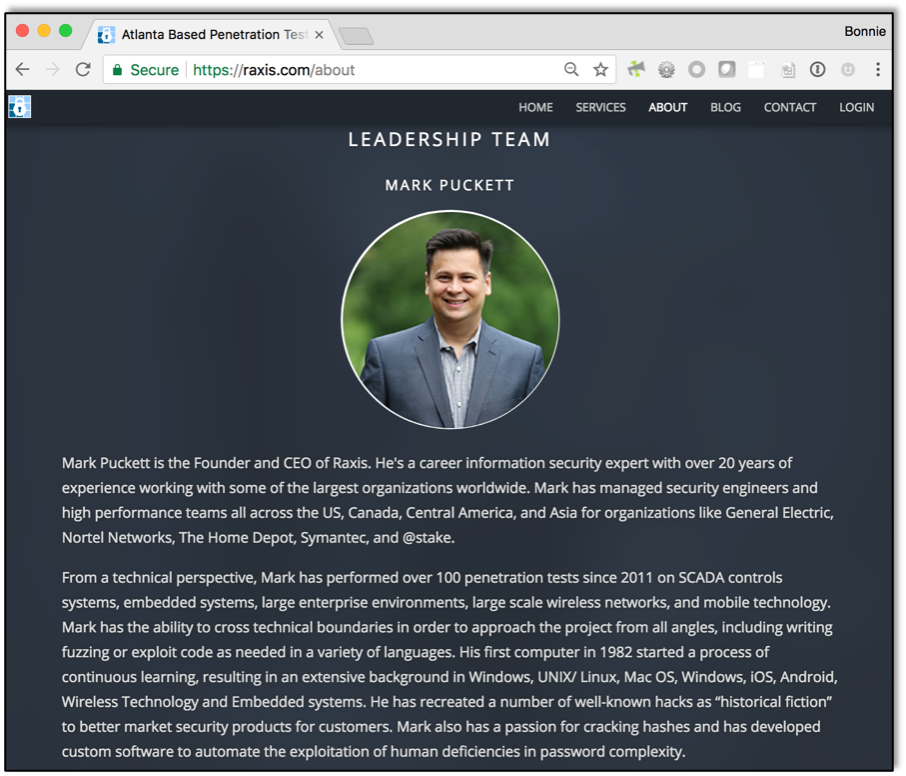
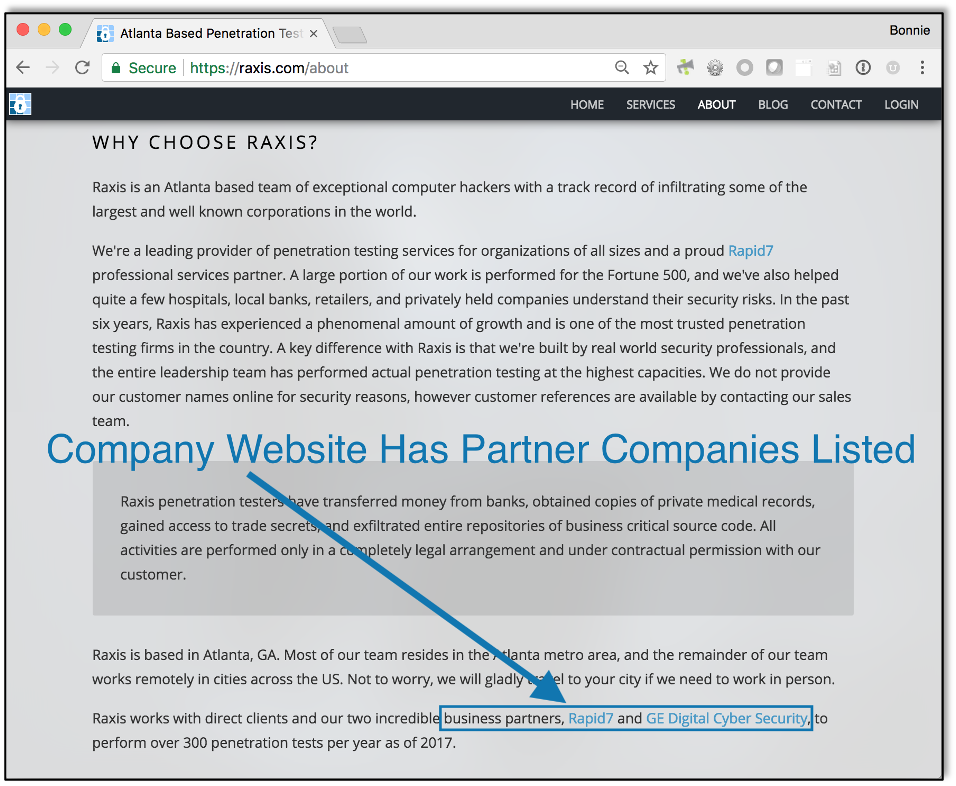
Spear phishing campaigns, whether using email, phone, or a combination, are much more complex to set up but can be well worth the effort when all the pieces fall into place. In these campaigns, we focus on a small number of specific targets and spend a great deal of time researching them to tailor the campaign specifically for these individuals.We start with research, and it may surprise you what we can find from the comfort of our own home using the Internet. I’m not discussing the dark web here; I’m talking about search engines like Google and Bing, social media, such as LinkedIn, Facebook and Twitter, and even the websites of your own company and your customer companies.A few years ago I was hired by a small firm of about fifteen people who each worked with two or three customer companies. I won’t reveal the specific industry, but they worked mostly with financial information. I was tasked with using only phone calls and calling as few or many people as I wished as long as I extracted any type of critical, private information.My first step was to look at the company’s website where I found a list of key employees along with a small write-up about them. Many companies do this… it’s a great way to show prospective customers that your team has experience and would serve them well. Even Raxis has a page like this: Using Raxis as an example to illustrate the value of seemingly extraneous information, from this web page I gathered names, and I made short bullet lists of personal and professional information that might be useful in my calls.I also looked around the webpages and got an idea of the company itself. Sometimes information is revealed about products or companies that work closely with our target company. The Raxis webpage lists our partners, Rapid7 and GE Digital Cyber Security, giving an attacker an idea of who might be calling us, as well as lending a sense of importance to the calls that are believed to originate from them. Next I looked at LinkedIn and found many of the same people. LinkedIn is used by most people when they are looking for a job, and, because of this, many LinkedIn profiles have a great deal of information about people and what they do at work. School and work history give an idea of the target’s age as well as their interests. We look for any connection that we could exploit to build a bond.
You went to Carolina? I can’t believe it. I did too! What year did you graduate? Go Heels!
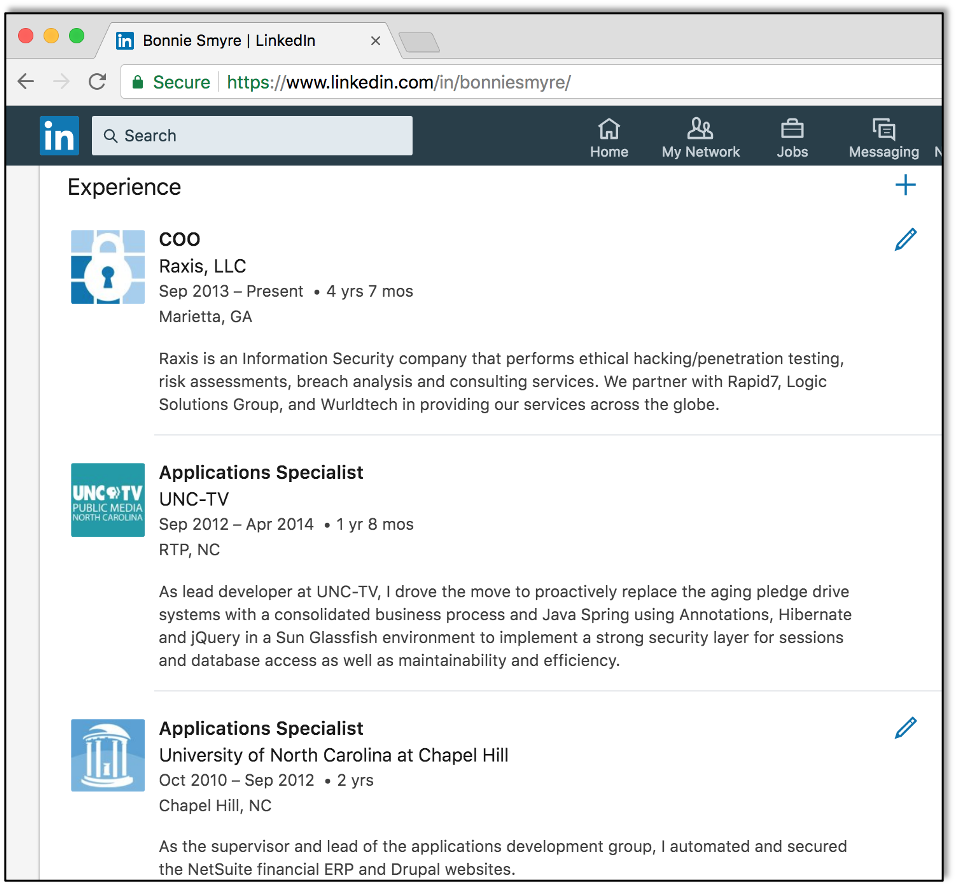
LinkedIn also can provide detailed information about our target’s job. Part of my LinkedIn job history is shown below. You’ll see that I once worked at a PBS station and a university. All of this type of information can be helpful as we enhance the target’s attack profile and determine under what pretext the attack will take place. In the case of the company I was researching, two people stood out. Each of them posted names of their customers on either the company website or LinkedIn. Next, I researched these customers. Immediately one customer stood out. Their website showed an org chart showing the structure of all of the top management.Since I’m female, I picked a woman on the list and decided to call my target using her name. I also found two other names that were higher in the org chart. With this information, I made my call.
Hi, this is Stephanie Smith. I hate calling you at the last minute like this. My phone died, and I’m running around trying to get all the financial statements together for our annual planning meeting. Rich and Jim decided at the last minute that they need statements for the full fiscal year, and I can’t find them anywhere. The meeting starts in thirty minutes. Is there any way you can fax them to me ASAP? You can? Great! Our fax machine is actually broken too. Would you use this number instead?
When you have time to sit and read this, it sounds ridiculous. There are red flags throughout. I never even said my company name, but I had enough information that I hooked my target into believing that I was trustworthy because she believed me when I gave my name, which happened to be a name that the target had been conditioned to view as a very important client that she wanted to please. She did not expect the call and made a split second decision to comply, rather than risk alienating a customer.She sent over 50 pages of financial statements to my fax machine.Of course, this was a security test. I deleted all of the data and provided my customer with a customized report that they used to train their staff. If I had been a malicious attacker, that one call could have broken the trust that company had with all of their clients.
GET THEM TO CALL YOU – THE REVERSE PHISH
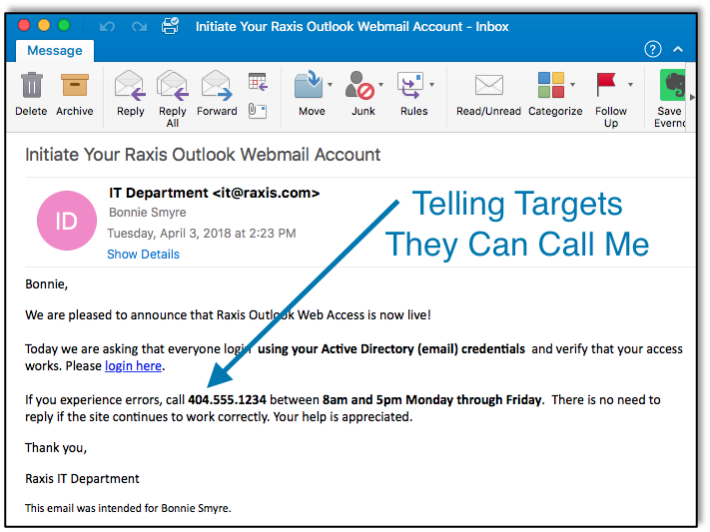
In Part One I talked about email phishing. Why limit ourselves to emails or calls when attackers will use any means they have at hand?When customers allow us to combine emails and calls, one method that we’ve found value in is asking targets to call us. It may sounds silly, but think about it. Something you use daily on your computer to get your job done stops working. You call the help desk, but they are already swamped. You’re waiting unproductively and your work is piling up. We’ve all been there, and we all hate it.So along comes an email with a link in it. The wording in the email gives you a special number to call. This webpage is so important that there is a priority number for it. This type of hybrid vishing campaign makes it easy to target a large group of people. Once someone calls back, we know they, at least partially, buy our story, and we can hook them in even further. When people call us they are more likely to trust us. They have no proof of who we are, but most people feel more comfortable with the person on the other end of the line when that person is answering them on their own terms at their own time.
WHAT YOU CAN DO TO PROTECT YOURSELF
When someone calls us, it often takes us off guard, and we are deciding if we should trust them at the same time that they are talking and encouraging us to get this over with by giving them what they want. We are conditioned to comply, especially in the work environment. But it’s important to maintain a sense of vigilance when dealing with any electronic communication including phone calls.
- Remember that you can hang up on people. Tell them no or just hang up the phone. If you don’t trust them, just hang up.
- If you don’t want to be rude or worry that they may really be who they say they are, put them on hold. Think about what they’ve said. Ask a manager or call the IT help desk and ask. IT often can help you decide if a call is legitimate.
- Calling from a different number? Even if the calling number looks right, an attacker may be spoofing it. Before giving any private information, tell them you’ll need to call them back at the number you already have on record.
- After hanging up, call the number you already have and verify that they just called. If the call was false, they’ll appreciate you checking. Call the department they say they’re from and ask. It’s obvious you have their security in mind. Most people appreciate that.
- Are they asking you to send to a different fax or email? Tell them you can send to known ones you already have.
- Most importantly, report it. Make note of the number and any details they provide. They may call other people, so the sooner you alert your company the better. If your company does not provide a way to report possible phishing and vishing attacks, report them to your IT department.
Raxis provides social engineering tests, including phishing and vishing tests, that are tailored to your company. See our Social Engineering site at https://raxis.com/social-engineering/ for more information.
Social engineering testing such as this is a critical part of compliance testing for companies in the financial sector. Learn more here https://raxis.com/industry/financial-banking/.If you have questions or ideas for further blog posts, contact us at https://raxis.com/contact/.
Want to learn more? Take a look at the next part of our Social Engineering discussion.

![Voice Phishing – Social Engineering [Part 2]](https://raxis.com/wp-content/uploads/2023/05/img-12-1.png)


